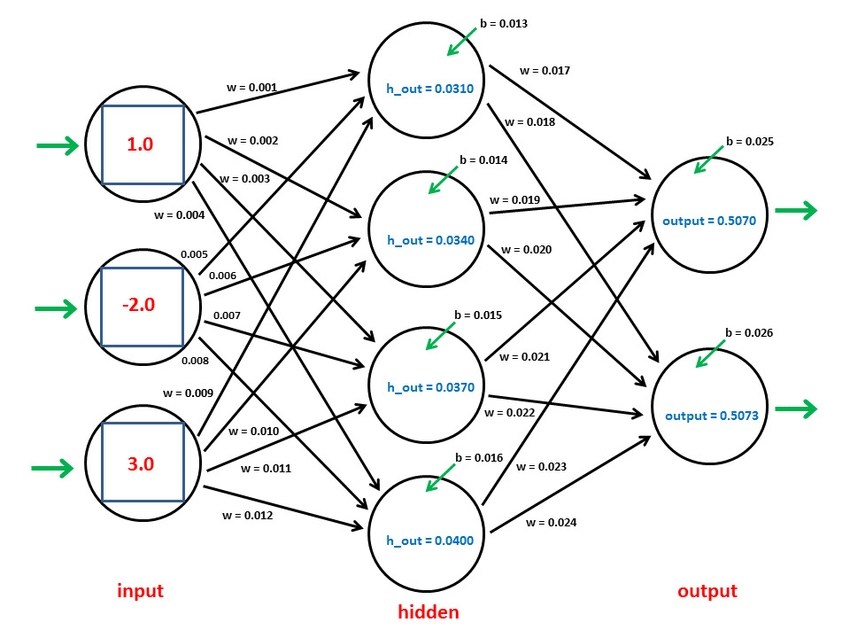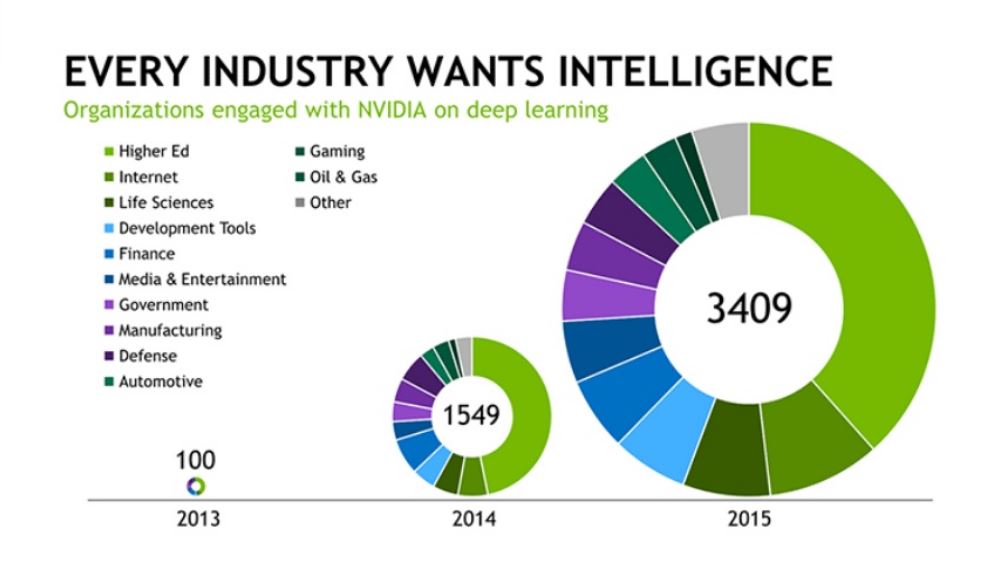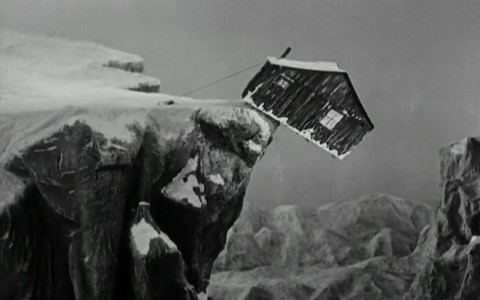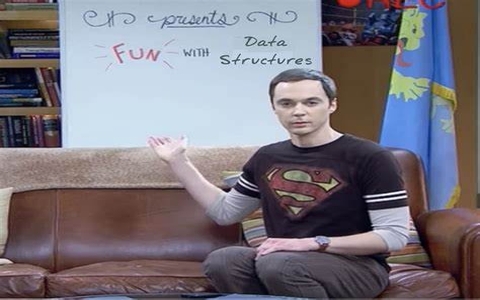Deep learning is a subset of machine learning where neural networks - algorithms inspired by the human brain - learn from large amounts of data. Deep learning algorithms perform a task repeatedly and gradually improve the outcome through deep layers that enable progressive learning. It's part of a broader family of machine learning methods based on neural networks. The "deep" in deep learning refers to the use of multiple layers in the network through which the data is transformed.
Over the last half-dozen years, deep learning, a branch of artificial intelligence inspired by the structure of the human brain, has made enormous strides in giving machines the ability to intuit the physical world. The most powerful tech companies in the world have been quietly deploying deep learning to improve their products and services, and none has invested more than Google. A few years ago, a Google deep learning network was shown 10 million unlabeled images from YouTube, and proved to be nearly twice as accurate at identifying the objects in the images (cats, human faces, flowers, various species of fish, and thousands of others) as any previous method. When Google deployed deep learning on its Android voice search, errors dropped by 25% overnight.
Historically, computers performed tasks by being programmed with deterministic algorithms, which detailed every step that had to be taken. This worked well in many situations, from performing elaborate calculations to defeating chess grandmasters. But it hasn't worked as well in situations where providing an explicit algorithm wasn't possible-such as recognizing faces or emotions,
Deep learning systems are modeled after the neural networks in the neocortex of the human brain, where higher-level cognition occurs. In the brain, a neuron is a cell that transmits electrical or chemical information. When connected with other neurons, it forms a neural network. In machines, the neurons are virtual-basically bits of code running statistical regressions. String enough of these virtual neurons together and you get a virtual neural network. Think of every neuron in the network below as a simple statistical model: it takes in some inputs, and it passes along some output.
Deep neural networks are not a simple stack of neural layers. Indeed, to solve more and more complex problems, it is not enough to add more and more layers. The two major problems of neural networks, which are the learning difficulty and the increasing computational complexity with the number of layers, are indeed always present. The solutions provided by recent research make it possible to limit these problems but not to solve them completely. In practice, there are different types of deep neural networks that aim to solve different problems.
Deep learning allows artificial intelligence systems to imitate the manner in which humans acquire certain kinds of knowledge. DL algorithms try to draw conclusions - similar to how humans do it - by continually analyzing data. To achieve this, DL uses artificial neural networks (ANNs).















